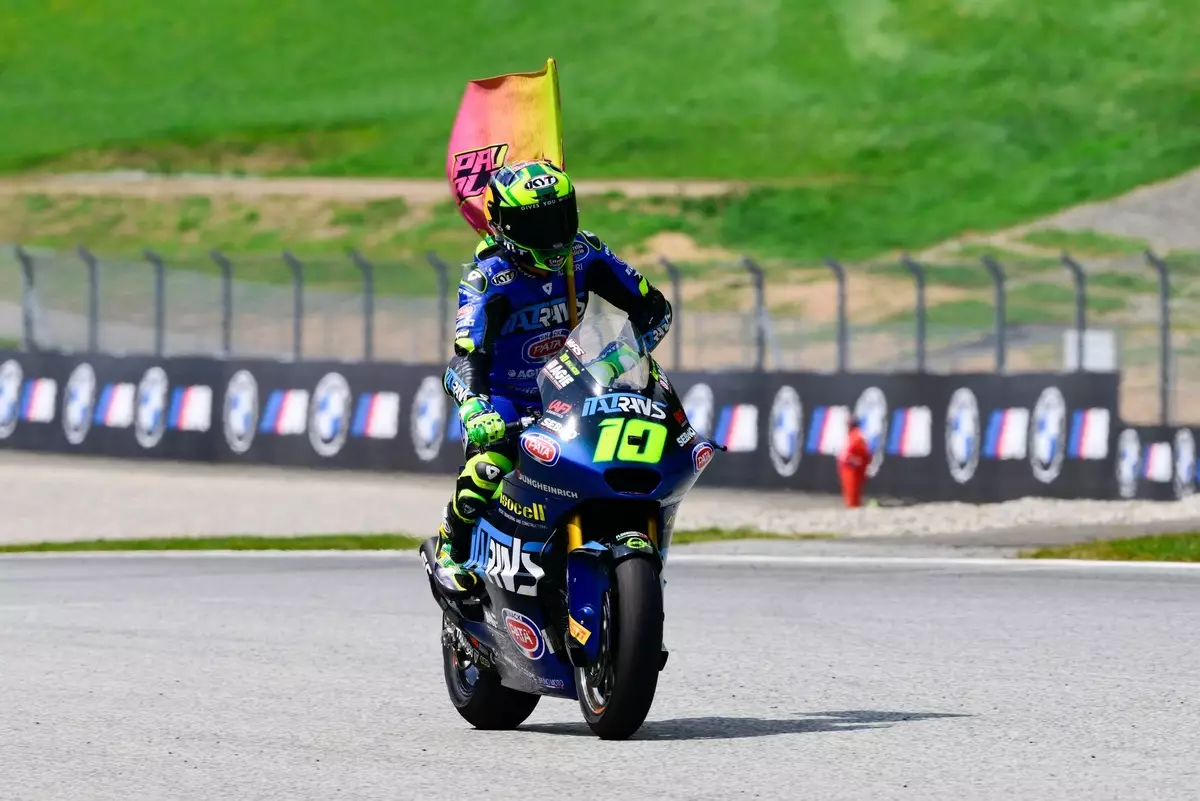The anticipated transition of Diogo Moreira into the premier class marks a significant turning point in MotoGP’s evolving narrative. As the 21-year-old Brazilian prepares to ride a Honda for the LCR team, he is not just stepping onto the grid—he is challenging longstanding stereotypes about talent, opportunity, and national identity in the sport. This move signals a broader shift towards recognizing raw potential over superficial narratives based on nationality. Moreira’s arrival signifies more than just a new rider; it embodies a strategic effort by Honda to diversify and invigorate the sport, leveraging emerging talent to capture new markets and reconnect with the roots of motorcycle racing in South America.
While the industry often emphasizes heritage and legacy, Moreira’s stance suggests a different ideology—performance speaks louder than flags. His insistent declaration that his move to MotoGP is rooted in merit rather than nationality underscores a message that talent, diligence, and results are the true currencies in high-stakes racing. This perspective emphasizes that the sport is increasingly about skills, innovation, and strategic positioning rather than traditional notions of national pride, hinting at a future where meritocracy begins to overshadow geopolitics.
Strategic Implications for Honda and the Future of MotoGP
Honda’s late but decisive entry into Moreira’s promotion demonstrates a sophisticated understanding of both sporting and commercial dynamics. The company’s plan extends beyond immediate competition; it’s about long-term positioning. By investing in Moreira with a multi-year contract that anticipates the upcoming technological changes, Honda is making a clear statement: they are committed to cultivating talent for the transition to 850cc prototypes in 2027. This foresight reveals a nuanced approach, balancing short-term competition with the necessity to develop young riders capable of mastering the new regulations, which promise to revolutionize the sport.
In addition, Honda’s strategy aligns with expanding its footprint in key markets, particularly in South America, where recent history has seen a scarcity of top-tier riders representing the continent. Moreira’s presence on the grid could rekindle local interest and sponsorship, potentially attracting a new generation of fans and investors in the region. The timing is impeccable—Brazil’s return to MotoGP in 2026 coincides with Honda’s efforts, creating a symbiotic opportunity to elevate the sport’s regional prominence.
On a broader scale, this move also reflects a shift in team dynamics and talent development. Honda’s aggressive pursuit of Moreira over Yamaha hints at a desire to secure younger, adaptable riders for the future. This decision could ripple through rider negotiations across the grid, encouraging teams to prioritize young talent and potentially restructuring their talent pipelines to focus more on performance-driven recruitment rather than traditional loyalty or nationality.
Ripple Effects: Competitors, Market, and Racing Dynamics
The implications reach beyond Honda’s garage. Jack Miller’s expected extension with Yamaha’s Pramac squad underscores how competitive contracts and strategic positioning are reshaping the rider landscape. Miller’s tenure could be extended, especially as team dynamics shift with other riders like Miguel Oliveira facing potential vulnerability due to injury or performance clauses. The ripple effect signifies a more meritocratic, performance-centered culture—where even established riders need to continuously justify their positions, raising the overall competitive standard.
Furthermore, Oliveira’s uncertain future highlights how injuries and contractual negotiations are influencing team compositions. His predicament exemplifies the fragile balance riders must maintain in a cutthroat environment where sponsorship, injury, and contractual clauses intertwine. These internal team dynamics impact the entire championship, influencing race strategies, sponsorship deals, and even the technological evolution within teams.
Most poignantly, Moreira’s ascent could herald a new era of South American participation at the highest level, challenging the dominance of European riders and promoting diversity. This is more than a symbolic gesture; it could fuel regional investments, inspire local talent, and reshape the cultural fabric of MotoGP. The sport’s globalization becomes more tangible, with fresh narratives and more inclusive prospects driving its future growth.
This transition is not merely about one rider stepping up—it’s about redefining what success, opportunity, and identity mean in modern MotoGP. In a landscape shaped by technological upheaval, strategic foresight, and geopolitical considerations, Moreira’s journey offers a compelling lens through which the sport’s evolution can be examined—one driven by talent, vision, and a relentless pursuit of excellence.


Leave a Reply